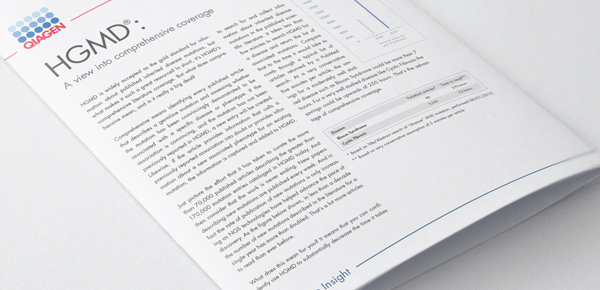


















HGMD® is widely accepted as the gold standard for information about published inherited disease mutations, but what makes it such a great resource? In short, it’s HGMD’s comprehensive literature coverage. But what does comprehensive mean, and is it really a big deal?
Comprehensive means identifying every published article that describes a germline mutation and assessing whether the mutation has been convincingly demonstrated to be associated with a specific disease or phenotype. If the association is convincing, and the mutation has not been previously reported in HGMD, a new entry will be created. Likewise, if the article provides information that calls a previously reported association into doubt or provides information about a new associated phenotype for an existing mutation, the information is captured and added to HGMD.
Just picture the effort that it has taken to curate the more than 70,000 published articles describing the greater than 170,000 mutation entries cataloged in HGMD today. And then consider that the work is never ending. New papers describing new mutations are published every week. And in fact the rate of publication of new mutations is only increasing as NGS technologies have helped advance the pace of discovery. As the figure below shows, in less than a decade the number of new mutations described in the literature for a single year has more than doubled. That’s a lot more articles to read than ever before.
What does this mean for you? It means that you can confidently use HGMD to substantially decrease the time it takes to search for and collect information about inherited disease mutations in the published scientific literature. It takes less than five minutes to search HGMD for a disease and return the list of associated mutations. Compare that to the time it would take to comb through a typical list of articles returned by a PubMed search. At a very conservative five minutes per article, the savings for a moderately well studied disease such as Bloom Syndrome could be more than 7 hours. For a very well studied disease like Cystic Fibrosis the savings could be upwards of 250 hours. That’s the advantage of comprehensive coverage.

Learn more about HGMD